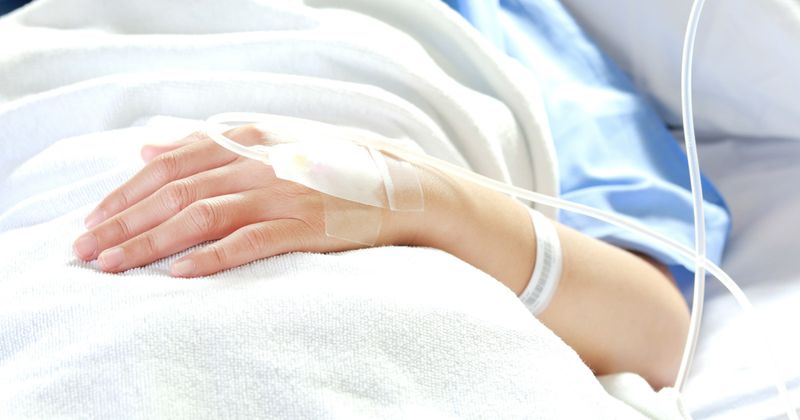Kisspeptin may effectively treat hypoactive sexual desire disorder
Click Here to Manage Email Alerts
Intravenous kisspeptin was associated with brain processing of erotic stimuli and facial attractiveness and was well tolerated by premenopausal women with hypoactive sexual desire disorder, according to study data.
The etiology of hypoactive sexual desire disorder (HSDD) is not understood well, and only two medications — flibanserin (Addyi, Sprout Pharmaceuticals) and bremelanotide (Vyleesi, Palatin Technologies) — are licensed for use in the United States with limited effectiveness, according to the study.

“A potential novel treatment target is the hormone kisspeptin (encoded by the KISS1 gene), which is a key endogenous hypothalamic activator of the reproductive hormone axis,” Layla Thurston, MD, PhD, a fellow in endocrinology and investigative medicine at the Imperial College London, and colleagues wrote in JAMA Network Open. “However, recent data suggest additional key extrahypothalamic roles in sexual and emotional behavior.”
Participants were recruited through advertisements for a double-masked, placebo-controlled, randomized clinical trial. Thurston and colleagues assigned heterosexual, premenopausal women concerned by low sexual desire 1:1 to a 75-minute IV infusion of kisspeptin-54 or an equivalent-rate placebo infusion at their first visit. At the second visit, women who previously received placebo received a kisspeptin infusion, and women who previously received kisspeptin received a placebo infusion.
After each infusion, the researchers used functional neuroimaging, psychometric and hormonal analyses to determine the effects kisspeptin had on brain processing of erotic videos and images of men’s faces with varying attractiveness.
In total, 32 women with HSDD (mean age, 29.2 years) attended both infusion visits. Neuroimaging revealed significant changes in areas of the brain associated with sexual and facial attraction. These included deactivation of the left inferior frontal gyrus (P = .01), activation of the right postcentral and supramarginal gyrus (P < .001) and deactivation of the right temporoparietal junction (P = .02).
Additionally, women who were more distressed by their sexual function overall and who were more bothered by their low sexual desire specifically experienced greater activity in the hippocampus when viewing erotic videos after kisspeptin infusion (P = .007 and P = .001, respectively).
Posterior cingulate cortex activity also increased in response to attractive faces after administration of kisspeptin, which was associated with reduced sexual aversion (P = .005).
Kisspeptin was well tolerated and produced no adverse effects after infusion, which aligned with previous findings, the researchers wrote.
“Collectively, these findings provide key behavioral and functional relevance for kisspeptin’s enhancement of brain activity on viewing erotic stimuli and male faces and, importantly, lays the foundations for clinical applications for kisspeptin in patients with psychosexual disorders,” Thurston and colleagues wrote.

